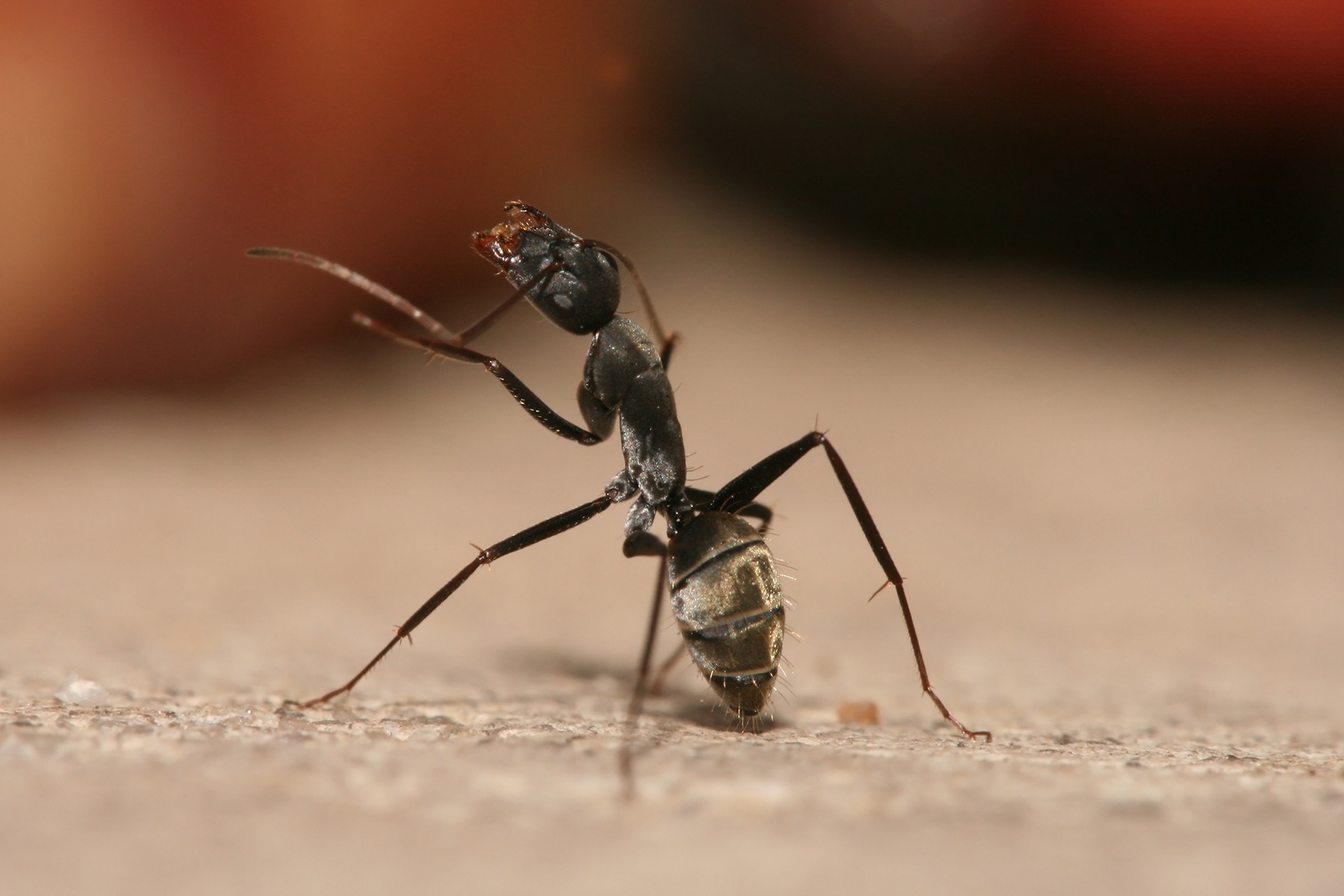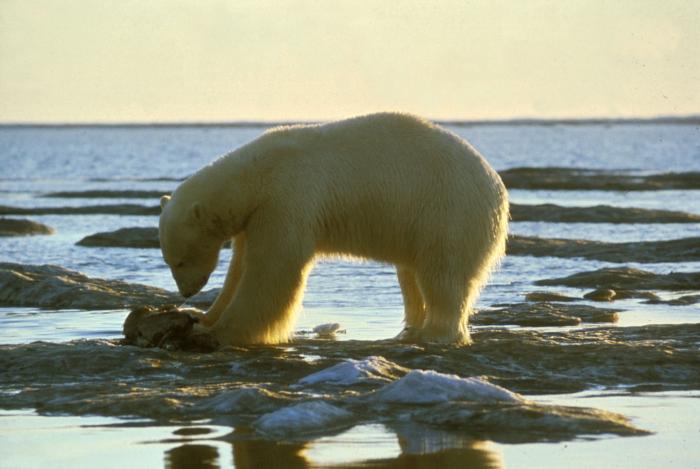As the oceans get warmer,
jellyfish are on prowl to attack. They have been shutting down power plants from Sweden to the U.S. while killing thousands of farmed fish. GPS devices, normally used for house cats, were attached to jellyfish off the coast of northern France. One reason that more congregating in blooms may be from climate change. From this, researchers are seeking to develop a system to help forecast their movement and stop fish deaths. According to Graeme Hays, the leader of the group from Deakin University in Australia and Swansea University in the U.K., "jellyfish
blooms may be increasing as a result of climate change and overfishing. They have a lot of negative impacts - clogging power station intakes, stinging people and killing fish in farms."The climate change has brought warmer waters, about 85 degrees Celsius more since 1900, which is a dream come true for the jellyfish. According to Lisa-Ann Gershwim, a marine scientist who researched jellyfish for about 25 years, the warmer water "amps up their metabolism so they grow faster, eat more, breed more and live longer."One bloom of jellyfish that is known to cause a problem is the Moon Jelly. In 2013, the creatures shut down Sweden's biggest nuclear reactor for two days because they blocked the cooling water inlet. In the U.S., Japan, and Scotland, similar occurrences also happened. To prevent these creatures from shutting down any more power plants, the Diablo Canyon was created. It is a nuclear station on the California coast that has automated screens to get rid of the animals at the intake and can deploy an air bubble curtain system to scatter and divert the blooms. With the advantage of the warmer waters, jellyfish have been causing a problem for the fish farms. Once they have come in contact with the net of a fish farm, it becomes a big problem. Depending on the size, jellyfish can either clog or sting the gills of a fish or restrict the flow of water, depriving the fish oxygen. Jellyfish are still a big problem for the ocean today. I found this article very interesting and informative. When you think of jellyfish, the things that come to mind are the ones you see on the beach, which are like jello. In fact, no one realizes how much of a destroyer they are to the oceans. I liked how this article gave you another side to the fun and jello-like creatures.












